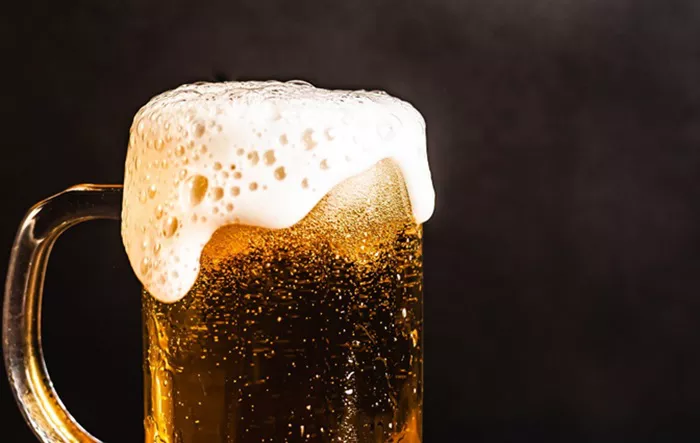Alcohol-free beer is experiencing a remarkable surge in Europe, now accounting for roughly one in every 15 beers sold. In some markets, such as Spain, the numbers are even higher, with non-alcoholic brews making up one in seven beers. This growth raises the question: How large can the alcohol-free beer market get, and what obstacles lie ahead?
Growing Demand and Market Potential
As consumers become more health-conscious, seeking to improve both their physical and mental well-being, the demand for alcohol-free alternatives is on the rise. Alcohol-free beer, in particular, is leading the charge in this category. Global forecasts predict that non-alcoholic beer will grow at a compound annual growth rate (CAGR) of around 2% from 2024 to 2028.
However, despite the positive outlook, there are several challenges facing the alcohol-free beer segment. A recent survey by Heineken, which included 12,000 adults from the UK, US, Spain, Japan, and Brazil, highlighted some of the ongoing hurdles.
The first issue is availability. While alcohol-free options are becoming more accessible, consumers still struggle to find the right product at the right time and place. Expanding the availability of these beverages in stores and bars is essential to meet growing demand.
The second challenge stems from outdated stereotypes. Many consumers still associate alcohol-free beer with negative perceptions from decades ago. Heineken’s global innovation lead, Jules Macken, emphasized that the key to overcoming this barrier is to get people to try the products. “Once we get consumers to try one, we convince them wholeheartedly,” Macken said, referring to the success of Heineken 0.0 in driving growth.
Finally, social stigma remains a factor. People often assume there must be a reason for someone to choose a non-alcoholic beer—whether they are driving, pregnant, or on medication. This social pressure to justify the decision continues to discourage some from making the switch to alcohol-free options.
Can Alcohol-Free Beer Ever Surpass Alcoholic Beer in Sales?
Despite the rapid growth of alcohol-free beer, experts are skeptical about it ever overtaking alcoholic beer in sales.
Currently, alcohol-free beer accounts for around 4% of the total beer market in Europe, which is significantly higher compared to other regions where the share is closer to 1%. However, 4% is still a relatively small proportion when compared to alcoholic beer, which continues to dominate the market.
Another factor to consider is that alcoholic beer, typically ranging from 3-5% alcohol by volume (ABV), is already a beverage well-suited for moderation. This makes it an appealing option for consumers who are seeking to reduce alcohol consumption but not eliminate it entirely. Compared to wine (12% ABV) and spirits (40% ABV), beer’s lower alcohol content already aligns with many drinkers’ preferences for moderation.
Eduardo Olmedo Samperio of the Spanish Brewers’ Association, Cerveceros de España, believes that there will always be a place for both alcohol-free and traditional beer. “Non-alcoholic beer will continue to grow, but traditional beer will remain the leader in moderation as a low-ABV, fermented beverage,” he said. He added, “There is a beer for every moment,” suggesting that both options can coexist in the market.
Jules Macken of Heineken shares this perspective, stating, “Beer is a natural brewed beverage that consumers have loved for centuries. While we need to evolve with consumer tastes, I don’t envision a day where non-alcoholic beer overtakes its alcoholic counterpart.”
Conclusion
While alcohol-free beer is undoubtedly experiencing growth in Europe, experts believe it is unlikely to surpass alcoholic beer in sales anytime soon. The market for non-alcoholic brews will continue to expand, driven by improvements in quality and changing consumer preferences. However, alcoholic beer’s stronghold on the moderation market remains secure for now.
You Might Be Interested In:


